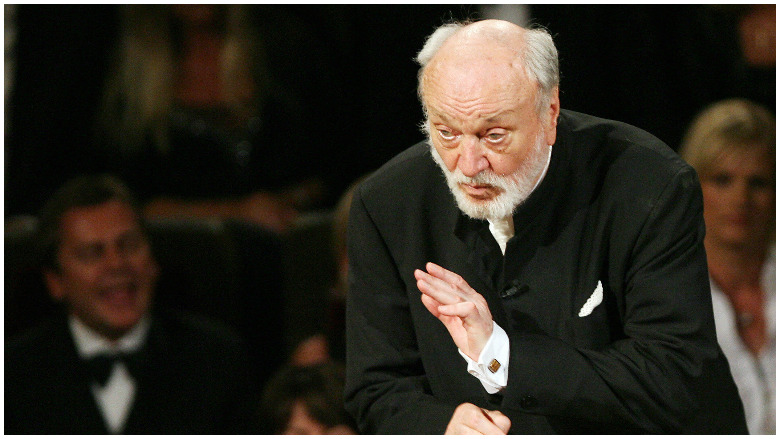
Getty Kurt Masur
Kurt Masur, the “world-renowned German conductor and humanitarian,” has been honored with a Google Doodle on what would have been his 91st birthday.
Sometimes called Maestro Kurt Masur, he “was instrumental in leading worldwide orchestras and orchestrating peace around the world,” Google announced. Masur, who was credited with transforming the New York Philharmonic Orchestra, died in 2015 at the age of 88. He is also recognized for his welcoming of demonstrators during the 1989 crumbling of the East German regime.
“I don’t want to be called a ‘wonder,’” the much-lauded Masur told The New York Times in 1991. “The wonder is the music.”
Here’s what you need to know:
1. Kurt Masur Concentrated on Conducting After a Hand Injury
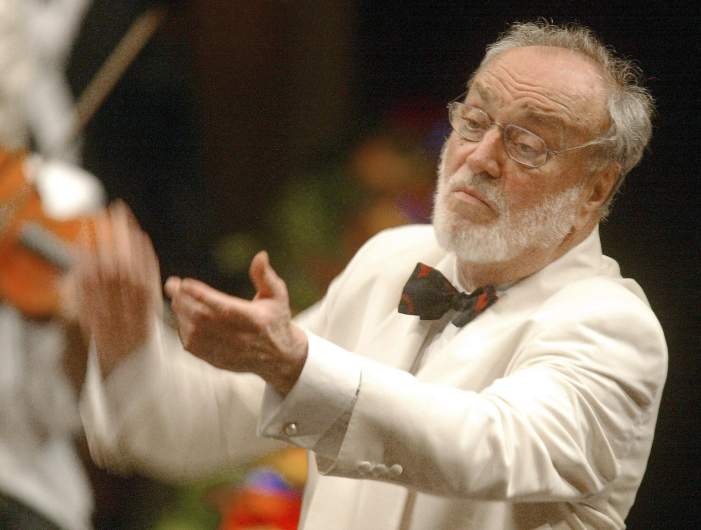
Kurt Masur, music director of the New York Philharmonic, conducts during his final concert at Avery Fischer Hall in New York 18 July 2002, which is also his 75th birthday.
Kurt Masur was born in what is now Poland, specifically the Prussian town of Brieg. “Masur studied music and trained as a pianist, organist, cellist, and percussionist in East Germany. A damaged tendon in his right hand at the age of 16 ended his playing career, but propelled Masur to concentrate on conducting,” Google wrote. He taught himself to play piano.
The Google Doodle takes note of this uniqueness in Masur’s physiology. “Today’s Doodle depicts the maestro’s robust conducting style, notably baton-less due to his childhood hand injury,” according to Google. His father, an engineer, had hoped his son would take up that profession instead. However, Masur’s love of music prevailed.
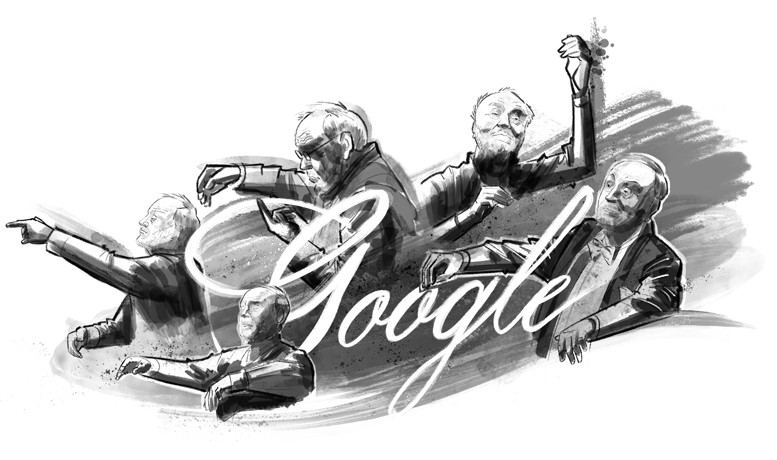
Kurt Masur Google Doodle.
According to The New York Times, Masur was a “specialist in the music of Central European composers — notably Beethoven, Brahms, Mendelssohn, Mahler and Bruckner.”
Masur “studied at the Music College of Leipzig. After early work at the Halle County Theater and the Erfurt and Leipzig opera theaters, he became the conductor of the Dresden Philharmonic in 1955 and conducted several East German opera companies and orchestras,” reported National Public Radio.
2. Masur Is Recognized for his Belief That Music Can ‘Bring Humanity Closer Together’
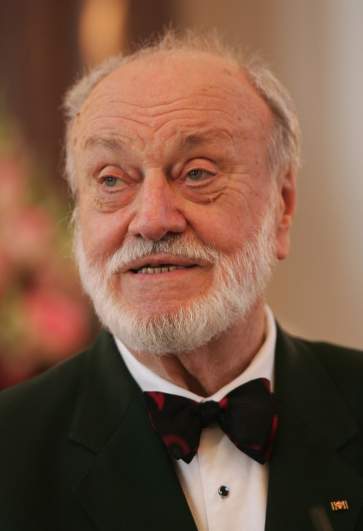
Conductor Kurt Masur attends a ceremony at which he received the Medal of Merit of the Federal Republic of Germany from German President Horst Koehler at Bellevue Palace September 20, 2007.
Kurt Masur is admired for his humanitarianism in addition to his music.
“Beyond numerous musical distinctions and titles, Mazur received global cultural and humanitarian honors including Grand Officer of the Legion of Honor from the French government, New York City Cultural Ambassador, Commander Cross of Merit of the Polish Republic, Honorary Citizen of Brieg, the Leo Baeck Medal for promoting tolerance and social justice, and a Goldene Henne award for public policy work,” Google wrote.
The maestro, wrote Google, is remembered for his belief in the power of music to “bring humanity closer together.”
Masur’s website bears only his photo and this passage: “Lord, make me an instrument of Your peace. Where there is hatred, let me sow love; where there is injury, pardon; where there is doubt, faith; where there is despair, hope; where there is darkness, light; where there is sadness, joy. O, Divine Master, grant that I may not so much seek to be consoled as to console; to be understood as to understand; to be loved as to love; For it is in giving that we receive; it is in pardoning that we are pardoned; it is in dying that we are born again to eternal life.”
He once said, “I was respected, but as a musician, as an artist. Humanism means that you shouldn’t be a member of any political party.”
3. Masur Famously Opened the Orchestra’s Doors to Protesters in the Former East Germany
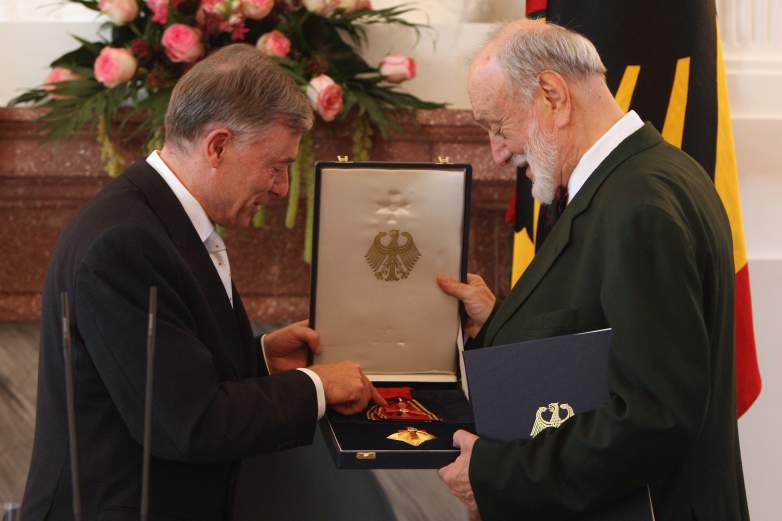
German President Horst Koehler (L) presents conductor Kurt Masur with the Medal of Merit of the Federal Republic of Germany at Bellevue Palace September 20, 2007 in Berlin, Germany.
Masur’s early years were complicated by the fact that East Germany was under Soviet rule; however, according to NPR, he “persuaded East Germany’s chancellor, Erich Honecker, to rebuild the orchestra’s concert hall, which had been destroyed during World War II.” He was respected by Honecker and had the chancellor’s ear.
The East German regime allowed Masur to tour internationally with his Leipzig Gewandhaus orchestra, including to the United States at Carnegie Hall. He never belonged to the Communist Party, NPR reported, and as the old Communist block began to fall apart in 1989, he welcomed demonstrators “to speak directly to the leadership. After that episode, his name even began circulating among the political class as a possible candidate for president of East Germany,” reported NPR.
According to The Independent, “Masur took the critical decision – perhaps the single most decisive gesture in the run of events that brought down the GDR – to open the Gewandhaus doors and let the protesters in for the first open political debate East Germany had ever known.”
He explained to the news site, “No one knew what would happen, and I had only some minutes to decide – at the risk of everything I have here; of, perhaps, great danger. But I also knew that if I didn’t do something I would regret it for the rest of my life.”
In East Germany, reported The Independent, “he has become an institution, with a face as famous as that of any politician.”
4. Masur Was Known for His Work with the New York Philharmonic & Leipzig Gewandhaus Orchestra
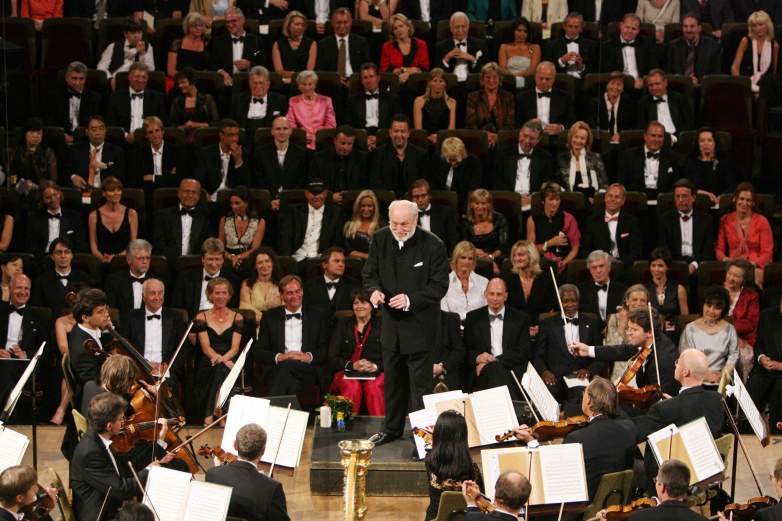
German conductor Kurt Masur performs at the Leipzig Gewandhaus Orchestra in Leipzig, eastern Germany 16 June 2007.
In his obituary, The New York Times singled out Kurt Masur’s work with the New York Philharmonic, describing him as helping transform it from “a sullen, lackluster ensemble into one of luminous renown.” The Times reported that he was the orchestra’s music director from 1991 to 2002. He was also well-known for his work leading the Leipzig Gewandhaus Orchestra in Germany.
However, he clashed at times with the orchestra’s board and executive director, Deborah Borda, sparking headlines, according to The Times. It was, the newspaper said, a conflict that some believed was driven by strong-willed personality.
Kurt Masur died in Connecticut from complications of Parkinson’s Disease, according to The Times. The newspaper reported that Masur was initially a surprise choice for the Philharmonic, having been “Kapellmeister” of the Leipzig Gewandhaus Orchestra and not being known for charisma.
According to The Guardian, “Masur was able to maintain the canny balance between old and new that was a hallmark of his late, ‘grandmaster’ phase.” He spent the first years of his career on opera before switching to orchestral work.
5. Kurt Masur Led a Performance in a Memorial for the 9/11 Attacks
Masur once led the New York Philharmonic “in a performance of Brahm’s German Requiem in a nationally televised memorial for the 9/11 attacks,” according to Google.
The New York Times described him as a “shambolic, bearded giant who stood 6-foot-3 and favored bolo ties offstage.” The Guardian reports that, in the wake of the terrorist attacks, “NYPO players gave free chamber concerts around Ground Zero, and Masur inaugurated an Annual Free Memorial Day concert.”
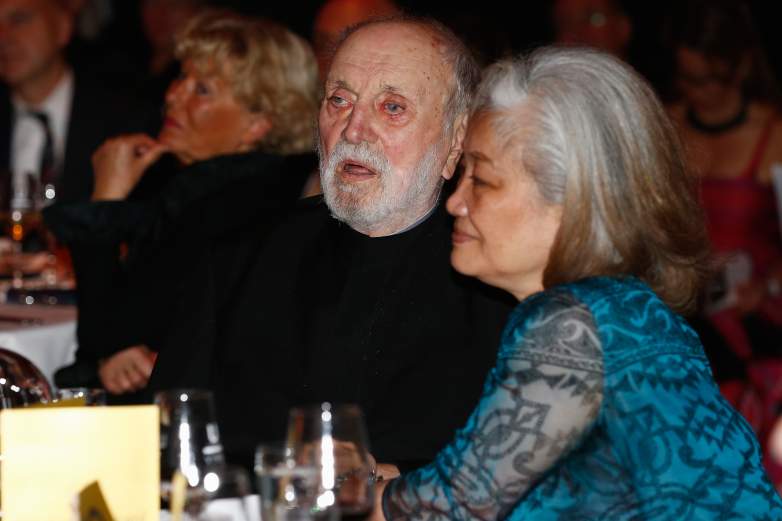
Kurt Masur and wife Tomoko Masur attend the Steiger Award 2013 at Dortmunder U on October 12, 2013 in Dortmund, Germany.
The Guardian reports that his family includes third wife, Tomoko Sakurai, their son Ken-David, and his children Angelika, Carolin, Michael and Matthias from earlier marriages. His son, Ken, has also worked as a conductor. He was divorced from his first wife, and his second wife, Irmgard, died in a car accident with Masur at the wheel.
